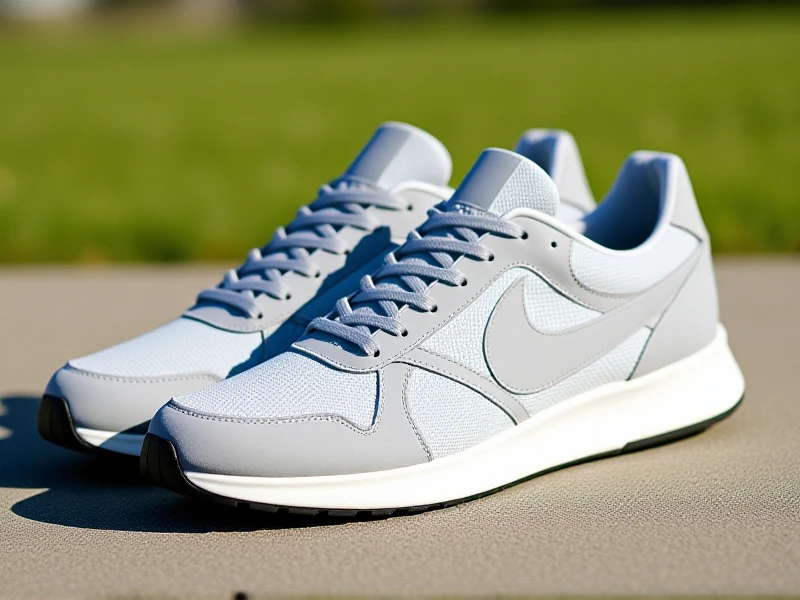
Your Ultimate Sports Shoes Buying Guide: Find Your Perfect Pair
Finding the right pair of sports shoes is crucial for comfort, performance, and injury prevention. Whether you're a dedicated runner, a gym enthusiast, a weekend basketball player, or just enjoy daily walks, the perfect sports shoes can make all the difference. This guide breaks down what you need to know.
Why Invest in Proper Sports Shoes? Sports shoes are designed with specific activities in mind. Running shoes, for instance, prioritize cushioning and forward motion absorption. Basketball shoes, on the other hand, focus on ankle support and lateral stability for quick cuts. Wearing the wrong type – like running shoes for tennis – increases your risk of common injuries like shin splints, plantar fasciitis, or ankle sprains. The right pair provides appropriate support, shock absorption, and traction for your chosen activity.
Key Features to Consider When Buying Sports Shoes
- Fit and Sizing: Size is critical. Always shop in the afternoon as feet swell throughout the day. There should be about a thumbnail's width of space between your longest toe and the shoe's end. Width and arch support also matter; you shouldn't feel pinching. Your heel should be snug without slippage.
- Cushioning: This absorbs the impact when your foot strikes the ground. While preferences vary (some prefer minimalist cushioning, others prefer maximum), ensure there's enough protection for your joints based on your activity level and body weight. Running generally demands more cushioning than weightlifting.
- Support and Stability: This focuses on controlling foot motion. Do you overpronate (foot rolls inwards)? Underpronate (foot rolls outwards)? Or have a neutral gait? Stability features help correct or support your natural movement pattern, preventing injuries. Consult knowledgeable sales staff for gait analysis if unsure.
- Foot Type (Arch): Knowing your arch (flat, neutral, high) helps determine natural stability needs. Most modern sports shoes are clearly designed for specific arch types or offer variants within a model.
- Traction & Breathability: The outsole pattern provides grip. Look for rubber specific to the surface you'll be using (court, road, trail). Mesh uppers enhance breathability and keep your feet cooler during workouts.
- Purpose: Be honest about your primary activity. Don't choose running shoes for tennis simply because you like how they look. Cross-trainers offer versatility but lack specialization for high-impact single sports.
Caring for Your Sports Shoes To maximize lifespan and functionality:
- Allow shoes to air out after intense activity.
- Clean gently with mild soap and water; avoid direct heat/machines.
- Rotate between two pairs, especially if training daily.
- Know when to replace them! Performance sports shoes typically lose cushioning and support after 300-500 miles of running or 6 months of consistent training. Signs include worn-out treads, noticeable loss of cushioning, or uneven sole wear.
Finding Your Pair Prioritize function over fashion. Visit specialized stores where staff assess your feet, gait, and needs. Try using orthotics if needed. Replace your sports shoes regularly – your feet and performance will thank you. Investing in the right pair is an investment in your health and enjoyment. Take your time, test them out, and find the supportive sports shoes that propel you forward comfortably!